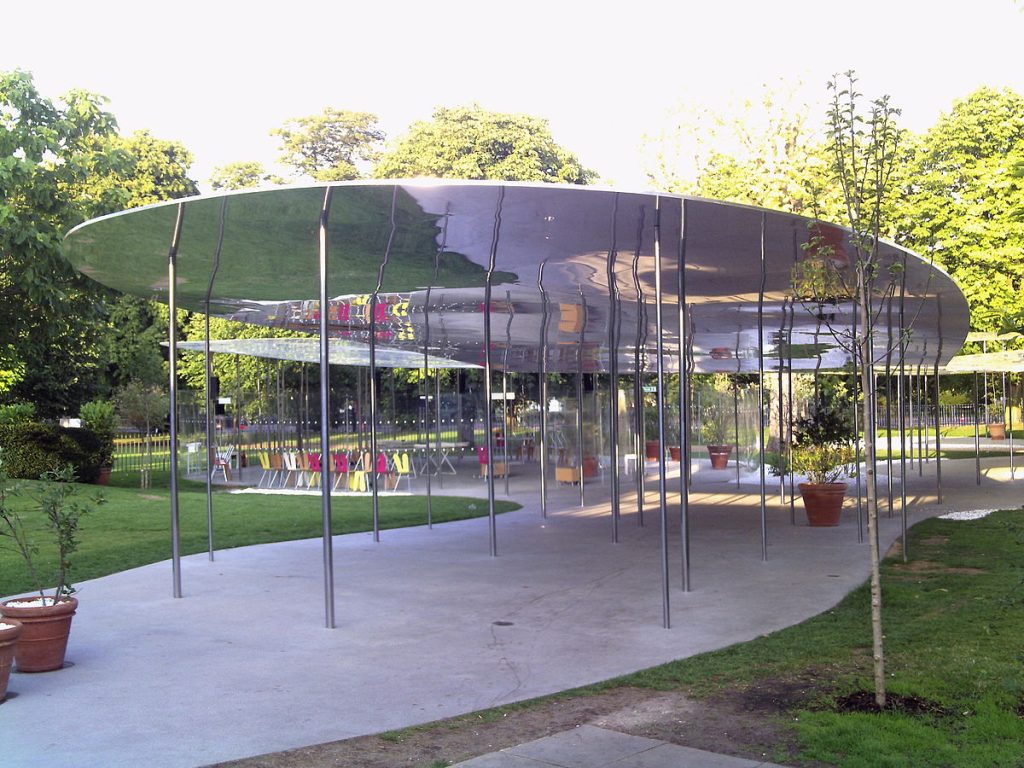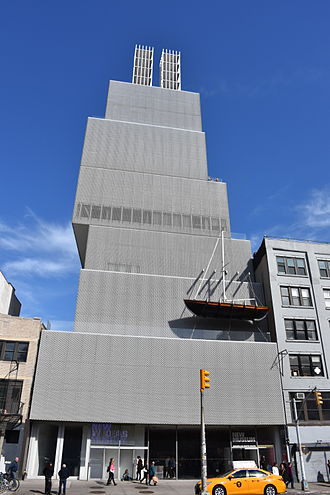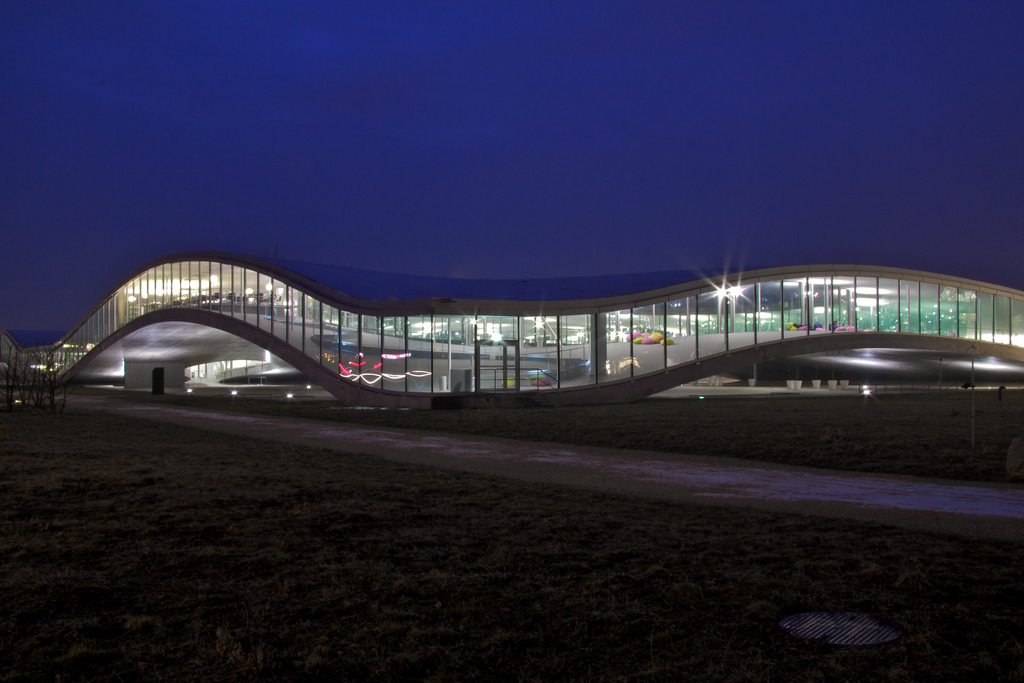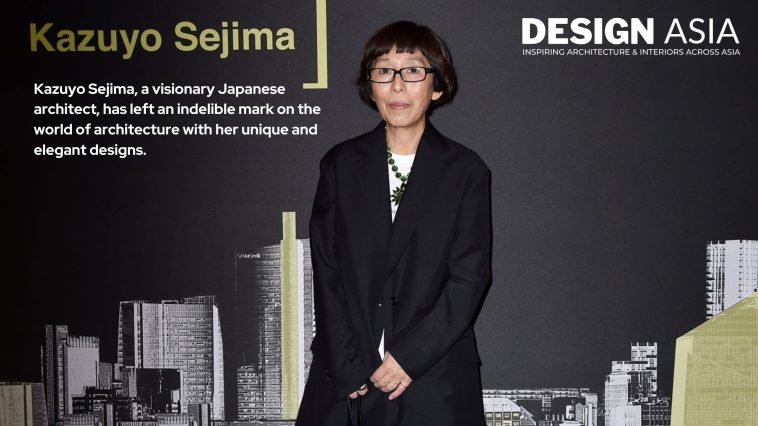Kazuyo Sejima, a visionary Japanese architect, has left an indelible mark on the world of architecture with her unique and elegant designs. Known for her minimalist approach and innovative use of materials, Sejima has redefined architectural boundaries and created spaces that seamlessly blend with their surroundings. This blog article explores the life, work, and contributions of Kazuyo Sejima, shedding light on her influential career and iconic projects.
Early Life and Education:
Born on October 29, 1956, in Ibaraki, Japan, Kazuyo Sejima developed an early interest in architecture and design. She graduated from the Japan Women’s University in 1981 and later pursued her Master’s degree in Architecture from the prestigious Japan Institute of Technology.
Founding SANAA:
In 1995, Kazuyo Sejima co-founded the architectural firm SANAA (Sejima and Nishizawa and Associates) with Ryue Nishizawa. The partnership aimed to create innovative and boundary-pushing architectural designs that emphasize lightness, transparency, and flexibility. This collaboration marked the beginning of Sejima’s rise to international prominence.
Minimalism and Transparency:
One of the defining characteristics of Kazuyo Sejima’s architectural style is her minimalist approach. Her designs often feature clean lines, open spaces, and a sense of transparency. Sejima’s buildings blur the boundaries between the interior and exterior, allowing natural light to flood the spaces and creating a sense of harmony between the structure and its surroundings.
Iconic Projects:
Serpentine Pavilion (2009):
Sejima and her partner, Ryue Nishizawa, were awarded the prestigious commission to design the Serpentine Pavilion in London’s Kensington Gardens. Their design, a striking undulating structure made of reflective aluminum, seamlessly merged with the park’s landscape while creating an immersive and interactive space for visitors.

New Museum of Contemporary Art (2007):
The New Museum of Contemporary Art in New York City stands as a testament to Sejima’s innovative design philosophy. The stacked, glass-clad boxes that make up the museum’s exterior create a visually striking presence while providing a flexible and adaptable space for displaying contemporary art.

Rolex Learning Center (2010):
Located in Lausanne, Switzerland, the Rolex Learning Center is a multi-purpose educational facility designed by Sejima and SANAA. The building’s sweeping curved form and undulating landscape create a sense of fluidity, encouraging interaction and collaboration among students and visitors.

Awards and Recognition:
Kazuyo Sejima’s contributions to architecture have earned her numerous accolades and recognition. In 2010, she became the second woman to receive the prestigious Pritzker Architecture Prize, often referred to as the Nobel Prize of architecture. Sejima’s work has also been exhibited at renowned institutions such as the Museum of Modern Art (MoMA) in New York and the Venice Biennale.
Kazuyo Sejima’s architectural vision and groundbreaking designs have redefined the possibilities of space and aesthetics. With her commitment to minimalism, transparency, and innovation, Sejima continues to inspire architects and designers around the world. Through her iconic projects and unwavering dedication to pushing boundaries, she has left an enduring legacy in the field of architecture, cementing her status as one of the most influential architects of our time.


